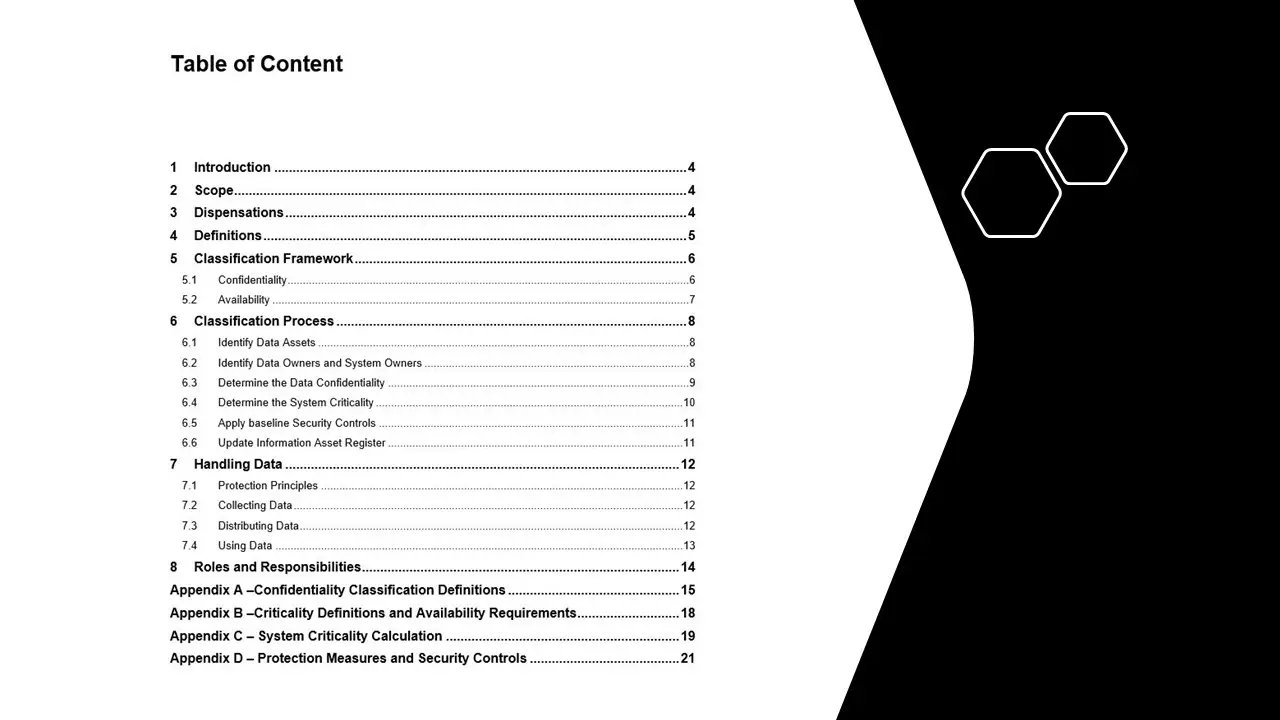Secure Coding Policy
In the ever-evolving landscape of technology, where software development is the backbone of innovation, the Secure Coding Policy emerges as a beacon of safety and assurance. This policy, identified by the unique number 8022, is not just a document but a comprehensive framework that outlines secure coding practices designed to mitigate security risks during the software development lifecycle. It stands as a guardian, ensuring that every line of code written is fortified against potential threats, aligning with the rigorous standards of ISO 27001 compliance.
At its core, the Secure Coding Policy is a testament to the commitment to information security. It is categorized under All Products, Information Security, and ISO 27001, highlighting its universal applicability and its critical role in maintaining the integrity of software systems. This policy is not merely a set of guidelines; it is a strategic asset that empowers organizations to build robust, secure applications that can withstand the ever-present threats in the digital world.
The key features of the Secure Coding Policy are meticulously crafted to address the multifaceted challenges of software security. It provides a detailed roadmap for developers, guiding them through best practices that include input validation, error handling, and secure data storage. By adhering to these practices, developers can significantly reduce vulnerabilities that could be exploited by malicious actors. The policy also emphasizes the importance of regular code reviews and security testing, ensuring that potential weaknesses are identified and rectified before they can be exploited.
The benefits of implementing the Secure Coding Policy are profound. For organizations, it means a reduced risk of data breaches and cyberattacks, which can have devastating financial and reputational consequences. For developers, it offers a clear framework that enhances their coding practices, leading to more secure and reliable software products. Moreover, by ensuring ISO 27001 compliance, organizations can demonstrate their commitment to the highest standards of information security, gaining the trust of clients and stakeholders.
The value proposition of the Secure Coding Policy is compelling. In a world where data is a prized asset, safeguarding it is paramount. This policy not only protects sensitive information but also enhances the overall quality of software products. It fosters a culture of security awareness among developers, encouraging them to think proactively about potential threats and how to counteract them. By integrating security into the very fabric of the development process, the Secure Coding Policy transforms security from an afterthought into a fundamental component of software design.
In conclusion, the Secure Coding Policy is more than just a policy; it is a strategic imperative for any organization serious about information security. It provides a comprehensive framework that not only mitigates security risks but also ensures compliance with international standards. By adopting this policy, organizations can safeguard their digital assets, protect their reputation, and build a foundation of trust with their clients and stakeholders. The Secure Coding Policy is the cornerstone of secure software development, paving the way for a safer digital future.
All GovernanaceDocs documents are developed based on well-known standards such as NIST CSF, ISO 27001, ISO 22301, PCI-DSS and HIPAA.
Hence, You just need to download and selected document and add your company name and logo.










Reviews
There are no reviews yet